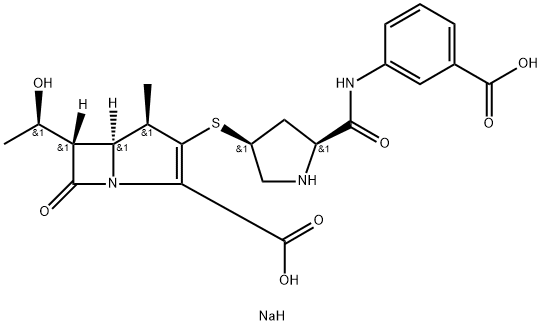153832-38-3

SAFETY INFORMATION
| Signal word | Warning |
|---|---|
| Pictogram(s) |
 Exclamation Mark Irritant GHS07 |
| GHS Hazard Statements |
H315:Skin corrosion/irritation H319:Serious eye damage/eye irritation |
| Precautionary Statement Codes |
P264:Wash hands thoroughly after handling. P264:Wash skin thouroughly after handling. P280:Wear protective gloves/protective clothing/eye protection/face protection. P362:Take off contaminated clothing and wash before reuse. P302+P352:IF ON SKIN: wash with plenty of soap and water. P305+P351+P338:IF IN EYES: Rinse cautiously with water for several minutes. Remove contact lenses, if present and easy to do. Continuerinsing. P332+P313:IF SKIN irritation occurs: Get medical advice/attention. P337+P313:IF eye irritation persists: Get medical advice/attention. |
COMPUTED DESCRIPTORS
| Molecular Weight | 519.5 g/mol |
|---|---|
| Hydrogen Bond Donor Count | 3 |
| Hydrogen Bond Acceptor Count | 9 |
| Rotatable Bond Count | 5 |
| Exact Mass | 519.10520982 g/mol |
| Monoisotopic Mass | 519.10520982 g/mol |
| Topological Polar Surface Area | 187 Ų |
| Heavy Atom Count | 35 |
| Formal Charge | 0 |
| Complexity | 882 |
| Isotope Atom Count | 0 |
| Defined Atom Stereocenter Count | 6 |
| Undefined Atom Stereocenter Count | 0 |
| Defined Bond Stereocenter Count | 0 |
| Undefined Bond Stereocenter Count | 0 |
| Covalently-Bonded Unit Count | 3 |
| Compound Is Canonicalized | Yes |
PRODUCT INTRODUCTION
description
Ertapenem Sodium is the sodium salt of ertapenem, a 1-beta-methyl carbapenem and a broad-spectrum beta-lactam antibiotic with bactericidal activity. Ertapenem binds to penicillin binding proteins (PBPs) located on the bacterial cell wall, in particular PBPs 2 and 3, thereby inhibiting the final transpeptidation step in the synthesis of peptidoglycan, an essential component of the bacterial cell wall. Inhibition of peptidoglycan synthesis results in weakening and lysis of the cell wall and cell death. In vitro, this agent has shown activity against Gram-positive and Gram-negative aerobic and anaerobic bacteria. Erapenem is resistant to hydrolysis by a variety of beta-lactamases, including penicillinases, cephalosporinases and extended-spectrum beta-lactamases.